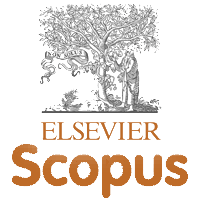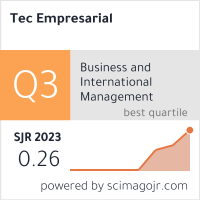POLY DETECTION USING IMAGE SEGMENTATION
Keywords:
Image Segmentation, Semantic Segmentation, Instance Segmentation, Deep Learning.Abstract
in humans, one of the most commonly diagnosed cancer is Colorectal cancer (CRC) along with a major cause of cancer-related mortality. Colonoscopy is a widely used diagnostic procedure for detecting polyps. Early detection of polyps significantly improves treatment outcomes. However, the conventional method of polyp detection through colonoscopy is time-taking and errors are prone to take place.
In the proposed research, the paper presents an elementary approach for the purpose of polyp detection utilizing image segmentation based on the U-Net architecture. We employ the publicly available CVC-ClinicDB dataset, sourced from Kaggle, to develop our model. The proposed method generates a masked image, highlighting the detected polyps, thereby enhancing the accuracy and efficiency of polyp identification.
To improve detection performance, our approach incorporates preprocessing techniques such as contrast enhancement and noise reduction, ensuring optimal input quality for the segmentation model. The U-Net architecture is actually well-suited for medical image segmentation as a result its tendency to capture fine details through skip connections, which bridge high-resolution features from the encoder to the decoder. Additionally, we implement data augmentation strategies, including rotation and flipping, to increase the diversity of training samples and prevent overfitting.
Observational results demonstrate that our model achieves competitive performance in polyp segmentation, with high precision and recall rates. Comparative analysis against traditional methods highlights the superiority of deep learning-based approaches in reducing false positives and improving detection consistency. Future work will explore the integration of real-time processing capabilities and multi-modal imaging to further enhance diagnostic accuracy in clinical settings.






